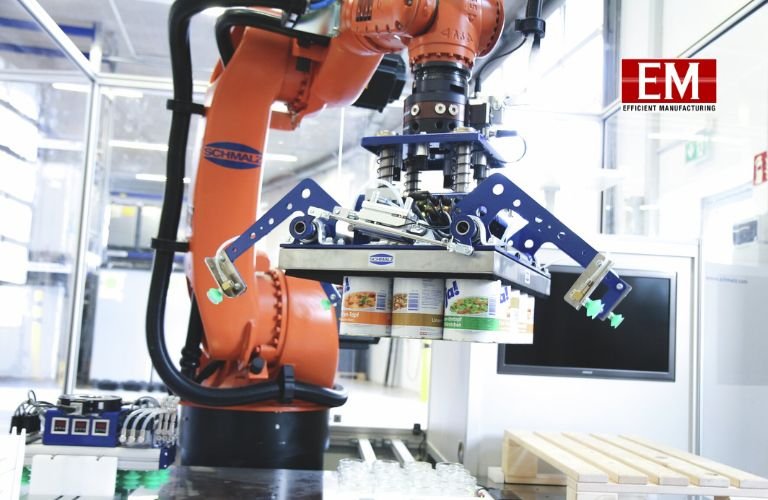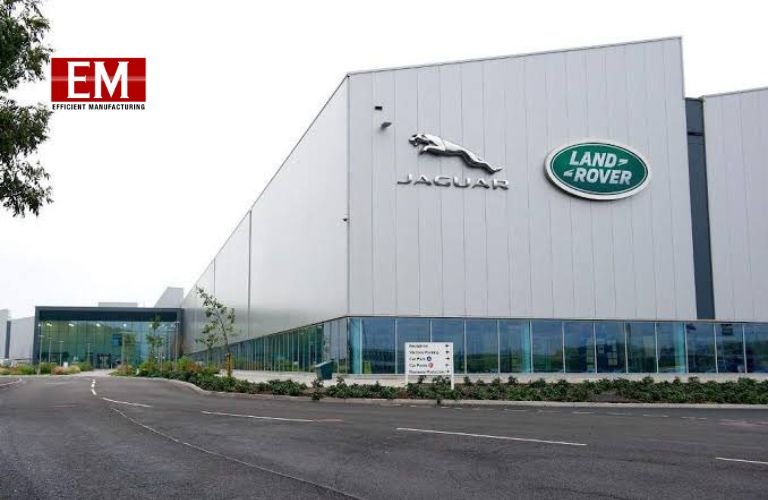| The evolution of office furniture mirrors the transformation of the workplace itself, shifting from basic, utilitarian designs to sophisticated, ergonomic setups that prioritise employee well-being and productivity. In this article, Mr. Ashish Kakkar, CEO of Harmony Systems, explores how innovations in office furniture have adapted to changes in work culture and technology, shaping the modern workspace. Discover the journey from traditional desks to today’s high-tech ergonomic workstations, and the role companies like Harmony Systems have played in this transformation.
The workplace has undergone a significant transformation over the decades, reflecting broader changes in technology, work culture, and employee expectations. Central to this evolution is the office furniture we use daily, which has shifted from basic, utilitarian designs to sophisticated, ergonomic setups that prioritise health and productivity. Harmony Systems, a leading designer and manufacturer in the modular office furniture industry, has played a pivotal role in this transformation. Our systematic work approach, ingenious product range, in-house inventive development capabilities, quality products, fast services, and after-sales support have solidified our position as a leader in the office furniture industry in Delhi, India.
The Early Days: Traditional Desks and Chairs
In the early days of office work, furniture was designed primarily for function rather than comfort. The classic wooden desk and chair setup, often reminiscent of school furniture, dominated workplaces for much of the 20th century. These desks were large, heavy, and meant to last a lifetime. Chairs were simple, often with little to no adjustability, forcing employees to adapt their bodies to the furniture rather than the other way around.
During this period, the office was seen as a place of serious business. The design of the furniture reflected this, with little thought given to the comfort or well-being of the worker. Productivity was measured by the number of hours spent at the desk, and the physical toll of sitting for long periods was largely overlooked.
The Shift Towards Comfort and Functionality
As the 20th century progressed, the rise of the service economy and the increase in desk-bound jobs led to a growing awareness of the impact of office furniture on worker health and efficiency. The 1960s and 1970s saw the introduction of more comfortable, adjustable chairs, often with padded seats and backrests. This period also marked the beginning of the open office layout, which aimed to foster collaboration and communication among employees.
However, these early attempts at improving office furniture were still relatively basic. While the furniture was more comfortable, it was not yet designed with ergonomics in mind. The concept of ergonomics—designing furniture that supports the natural posture and movements of the human body—was still in its infancy.
Office Furniture

The Rise of Ergonomics: Health Meets Productivity
The real revolution in office furniture began in the 1980s and 1990s, driven by a growing body of research linking prolonged sitting to various health issues, such as back pain, repetitive strain injuries, and reduced circulation. Companies began to recognize that investing in ergonomically designed furniture could not only improve employee health but also boost productivity by reducing absenteeism and discomfort.
Ergonomic chairs with adjustable height, lumbar support, and armrests became the norm, allowing workers to customize their seating to fit their individual needs. Desks also evolved, with the introduction of sit-stand desks that allow employees to alternate between sitting and standing throughout the day, reducing the risk of sedentary-related health problems.
The focus on ergonomics extended beyond desks and chairs. Keyboard trays, monitor arms, and footrests became standard office equipment, all designed to promote a more natural and comfortable working posture. The goal was to create a workspace that adapts to the worker, rather than forcing the worker to adapt to the space.
The Modern Office: Technology-Driven Design
Today, the evolution of office furniture continues, driven by advances in technology and a deeper understanding of the relationship between workspace design and employee well-being. Modern office furniture is not only ergonomic but also integrated with technology. Smart desks with built-in charging stations, adjustable height settings controlled by apps, and even desks that remind you to stand up or take breaks are becoming increasingly common.
The rise of remote work has also influenced office furniture design. With more people working from home, the demand for compact, multi-functional, and aesthetically pleasing furniture has surged. Home office setups are now designed to be both functional and stylish, blending seamlessly with home décor while offering the ergonomic benefits of traditional office furniture.
The Future of Office Furniture
As we look to the future, office furniture will likely continue to evolve in response to changes in work culture, technology, and our understanding of health and productivity. The trend towards more flexible, adaptable workspaces is expected to continue, with furniture that can easily be reconfigured to support different types of work—whether it’s focused, individual tasks or collaborative, team-based projects.
Sustainability is also becoming a key consideration in office furniture design, with more companies seeking eco-friendly materials and production methods. Additionally, as technology advances, we can expect to see even more integration between furniture and digital tools, creating workspaces that are not only comfortable and supportive but also highly connected and efficient.
Conclusion
The evolution of office furniture from traditional desks to modern ergonomic workstations reflects broader changes in how we work and what we value in the workplace. As companies increasingly recognize the importance of employee well-being and productivity, the demand for furniture that supports both is likely to grow. By understanding this evolution, businesses can make informed choices about their office environments, creating spaces that not only meet the needs of today but also anticipate the demands of the future.












